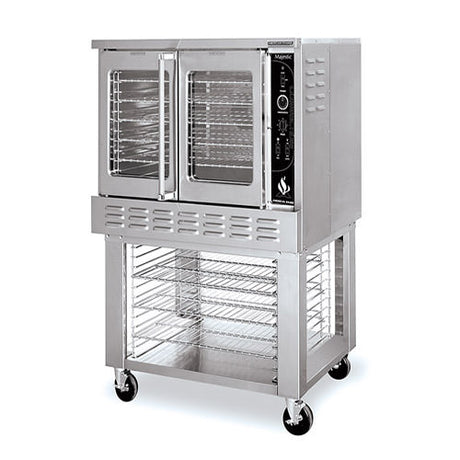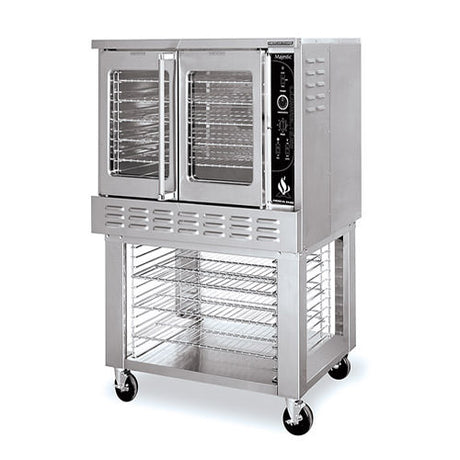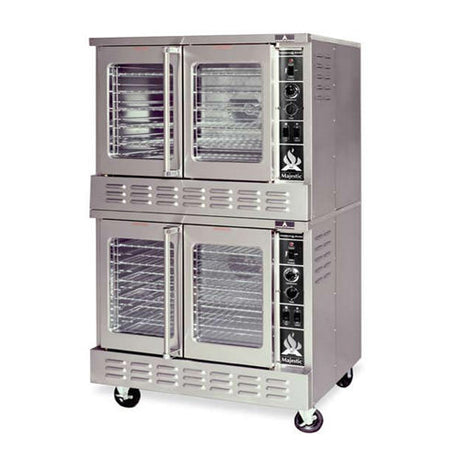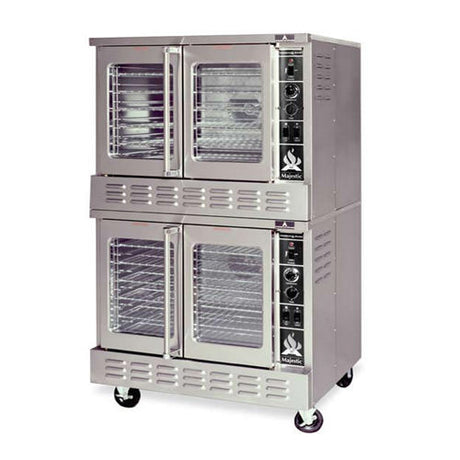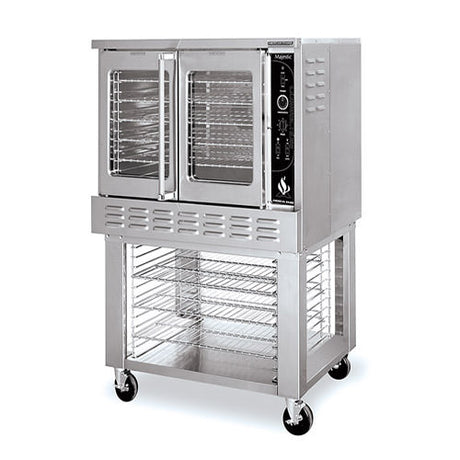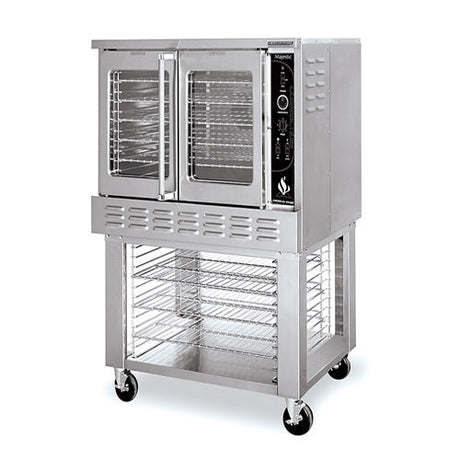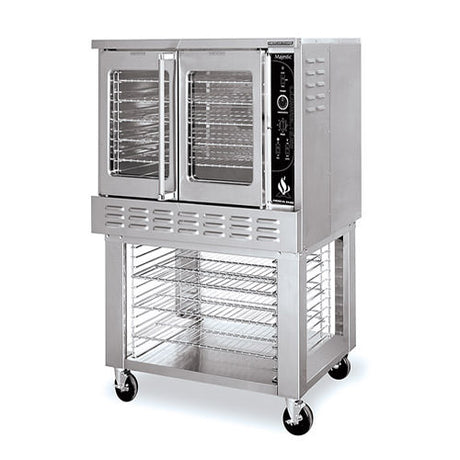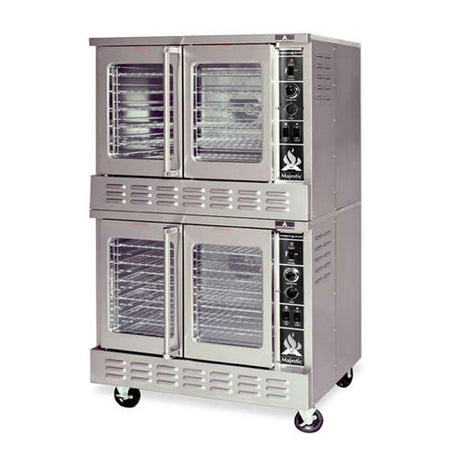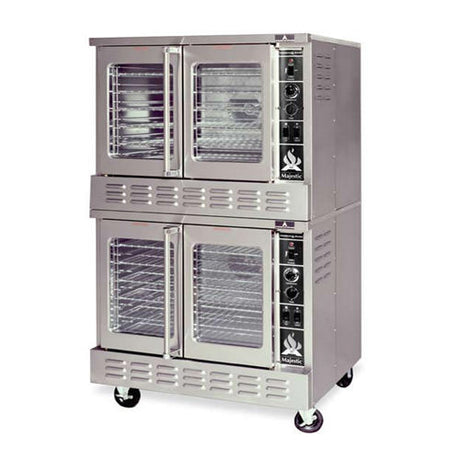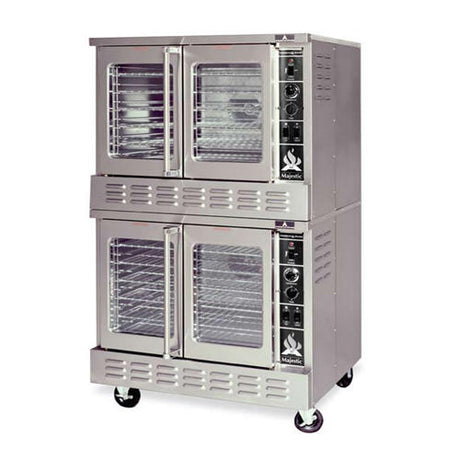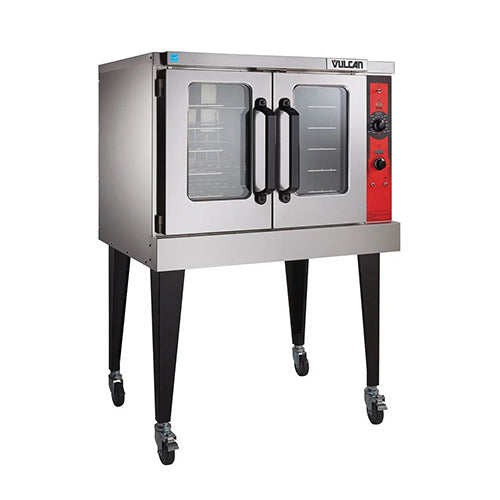
Convection Ovens
Upgrade your kitchen with our top-rated Convection Ovens, featuring the latest in convection oven technology for both home and commercial kitchens. Our selection includes high-performance commercial convection ovens and versatile countertop models designed to deliver superior baking, roasting, and cooking results.
Each convection oven in our collection uses advanced fan-assisted heating to ensure fast, even cooking—making them ideal for busy restaurants, bakeries, and catering businesses. Our commercial convection ovens offer durable construction, large capacities, and user-friendly controls, helping you save time and energy while producing consistently delicious dishes.
Whether you need a compact convection oven for your café or a heavy-duty commercial convection oven for your professional kitchen, you’ll find trusted brands and the best value right here. Experience the benefits of precise temperature control, faster cooking times, and perfectly browned results every time.
Shop our Convection Oven Collection today to discover why chefs and foodservice professionals choose us for their commercial convection oven needs. Boost your kitchen’s efficiency and deliver outstanding meals with our reliable convection ovens.
Upgrade your kitchen with our top-rated Convection Ovens, featuring the latest in convection oven technology for both home and commercial kitchens. Our selection includes high-performance commercial convection ovens and versatile countertop models designed to deliver superior baking, roasting, and cooking results.
Each convection oven in our collection uses advanced fan-assisted heating to ensure fast, even cooking—making them ideal for busy restaurants, bakeries, and catering businesses. Our commercial convection ovens offer durable construction, large capacities, and user-friendly controls, helping you save time and energy while producing consistently delicious dishes.
Whether you need a compact convection oven for your café or a heavy-duty commercial convection oven for your professional kitchen, you’ll find trusted brands and the best value right here. Experience the benefits of precise temperature control, faster cooking times, and perfectly browned results every time.
Shop our Convection Oven Collection today to discover why chefs and foodservice professionals choose us for their commercial convection oven needs. Boost your kitchen’s efficiency and deliver outstanding meals with our reliable convection ovens.
American Range
American Range MSD-1 Single Standard Depth Full Size Natural Gas Convection Oven
550.0 lb
$9,072.50 CADUnit price /UnavailableAmerican Range
American Range MSD-1 Single Standard Depth Full Size Propane Gas Convection Oven
550.0 lb
$9,072.50 CADUnit price /UnavailableAmerican Range
American Range MSD-2 Double Standard Depth Full Size Natural Gas Convection Oven
1100.0 lb
$18,146.25 CADUnit price /UnavailableAmerican Range
American Range MSD-2 Double Standard Depth Full Size Propane Gas Convection Oven
1100.0 lb
$18,146.25 CADUnit price /UnavailableAmerican Range
American Range MSDE-1 Single Standard Depth Full Size Electric Convection Oven – 1Ph, 208V
505.0 lb
$9,072.50 CADUnit price /UnavailableAmerican Range
American Range MSDE-1 Single Standard Depth Full Size Electric Convection Oven – 1Ph, 240V
505.0 lb
$9,072.50 CADUnit price /UnavailableAmerican Range
American Range MSDE-1 Single Standard Depth Full Size Electric Convection Oven – 3Ph, 208V
505.0 lb
$9,072.50 CADUnit price /UnavailableAmerican Range
American Range MSDE-2 Double Standard Depth Full Size Electric Convection Oven – 1Ph, 208V
1000.0 lb
$18,146.25 CADUnit price /UnavailableAmerican Range
American Range MSDE-2 Double Standard Depth Full Size Electric Convection Oven – 1Ph, 240V
1000.0 lb
$18,146.25 CADUnit price /UnavailableAmerican Range
American Range MSDE-2 Double Standard Depth Full Size Electric Convection Oven – 3Ph, 208V
1000.0 lb
$18,146.25 CADUnit price /UnavailableBlue Seal
Blue Seal E22M3 Half Size Countertop Manual Electric Convection Oven
78.0 lb
$3,386.41 CADUnit price /UnavailableBlue Seal
Blue Seal E23D3 Half Size Countertop Digital Electric Convection Oven
94.0 lb
$5,537.13 CADUnit price /UnavailableBlue Seal
Blue Seal E23M3 Half Size Countertop Manual Electric Convection Oven
94.0 lb
$4,237.30 CADUnit price /UnavailableBlue Seal
Blue Seal E27M2 Full Size Countertop Manual Electric Convection Oven
133.0 lb
$5,057.58 CADUnit price /UnavailableBlue Seal
Blue Seal E27M3 Full Size Countertop Manual Electric Convection Oven – 1Ph, 208V
136.0 lb
$5,591.38 CADUnit price /UnavailableBlue Seal
Blue Seal E27M3 Full Size Countertop Manual Electric Convection Oven – 1Ph, 240V
136.0 lb
$5,591.38 CADUnit price /Unavailable

